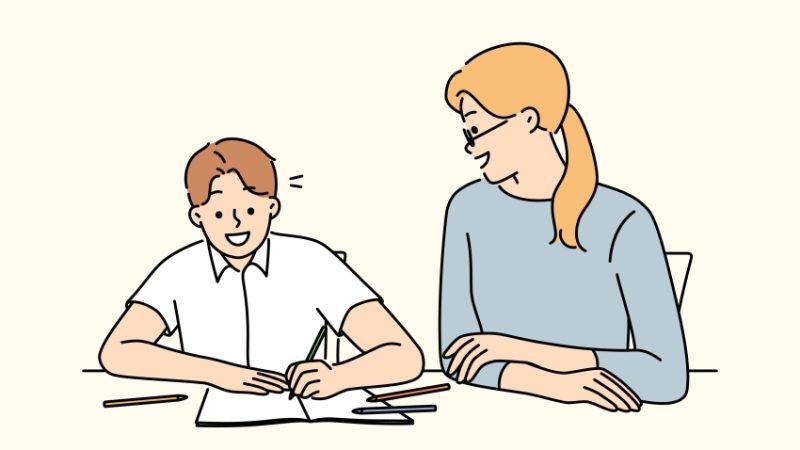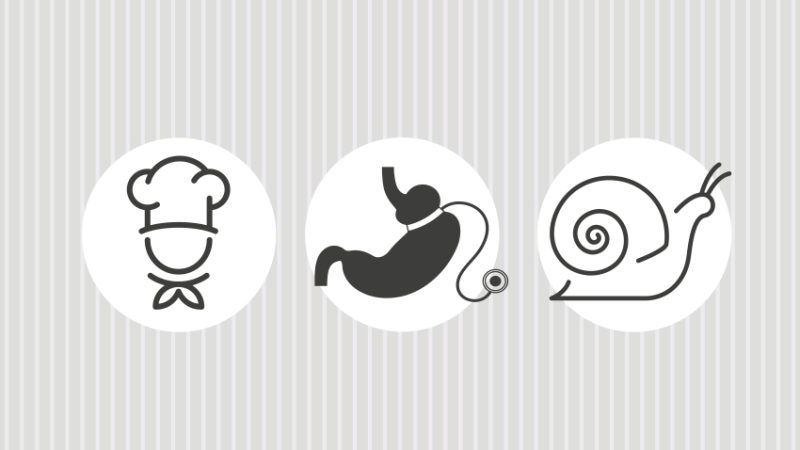Teaching during COVID-19 – What that actually means for teachers

We know that COVID-19 precautions have dramatically shaken up how schools operate, but what does that look like in practice? Laura McInerney crunches the numbers…

The recovery position
Pupils have spent months at home, with some doing work and others not. Schools have responded to this in different ways, according to over 8,000 teacher-submitted answers to Teacher Tapp questions in summer and early autumn.
One thing we do know is that three in 10 secondaries have adopted ‘recovery curriculums’ that focus on diagnostic testing to work out gaps in learning, and then re-teach or consolidate skills teachers would otherwise expect children to know already.
Planning these lessons is likely to involve a substantial workload.
On the plus side, around 80% of teachers said they knew of no pupils planning to sit out the first half of the autumn term, but unfortunately that figure was higher in more deprived areas – not a surprise, given their typically lower average attendance, but a possible contributing factor to further inequalities.

Is your school doing any of the following this year?
We’re all cleaners now
Many teachers have become part of the cleaning crew. Teachers will usually try and keep their classrooms tidy, but it’s rare to see them wiping down computers, door handles, desks and other surfaces.
This year, however, around half of all teachers said they’re being expected to contribute to cleaning, and therefore spend at least a few minutes each day ensuring their surfaces are sparkling.
Bear in mind that over 70% of primary colleagues said they’d be expected to wipe down surfaces, with 17% expected to contribute to regular deep cleans.
In other countries, cleaning is already seen as part of a teacher’s job, with nations such as Japan getting students mopping and dusting classrooms every day.
Students also clean up after lunch, which may well be required here this year, with the majority of schools running their lunches in shifts to maintain social distancing.
Homework goes online
Teachers regularly told us throughout the pandemic that teaching from home would likely change their practice once they returned, with most citing homework as an area they felt would be changed permanently.
Having experienced using online platforms for uploading, marking and communicating with pupils about homework, 78% of teachers told us they’d be changing their approaches to homework in future.
Changes to classroom activities and assessment were only slightly behind, being considered by 74% and 69% of teachers respectively.
Several schools began the academic year with ‘No physical marking’ policies in place to reduce surface transmission of COVID, while 18% of secondary teachers stated that all of their homework will now migrate online.
That might mean the end of ‘The dog ate my homework’ excuses, but expect to see a flurry of ‘Our WiFi was down’ justifications…
Laura McInerney is an education journalist and co-founder of Teacher Tapp. Download the app for free via the App Store on Apple and Android. Follow her on Twitter at @miss_mcinerney.
For more snappy insights like this, and to be part of the panel, please join in via the free Teacher Tapp app available to download for iOS and Android. You will learn something new every day.












